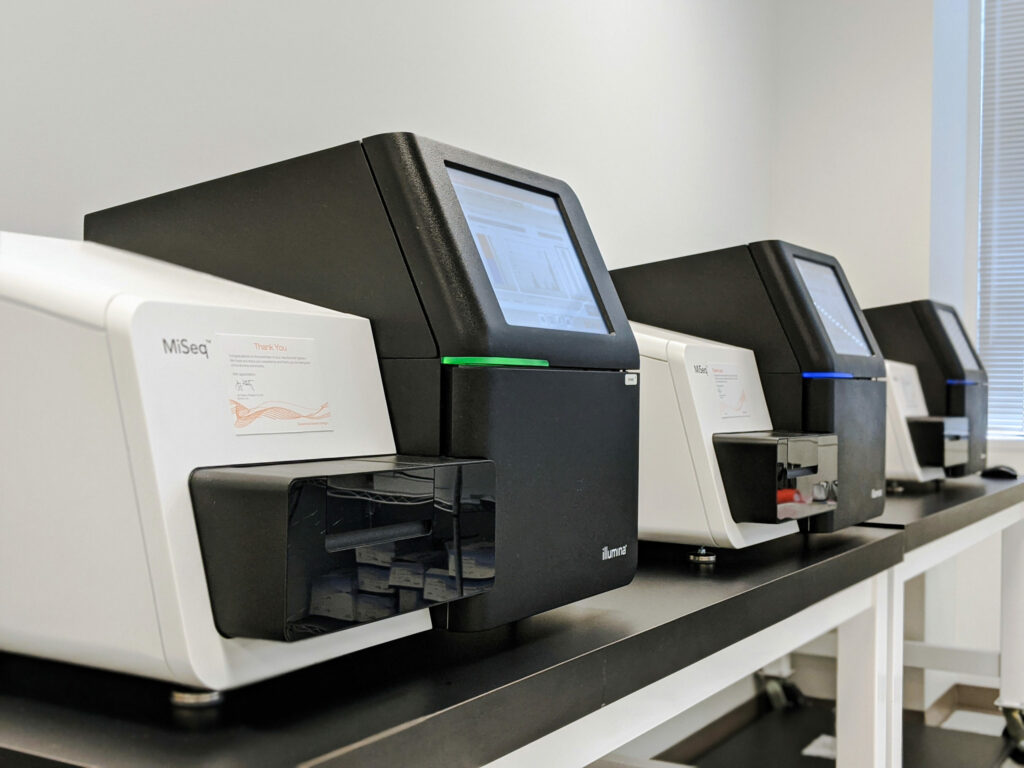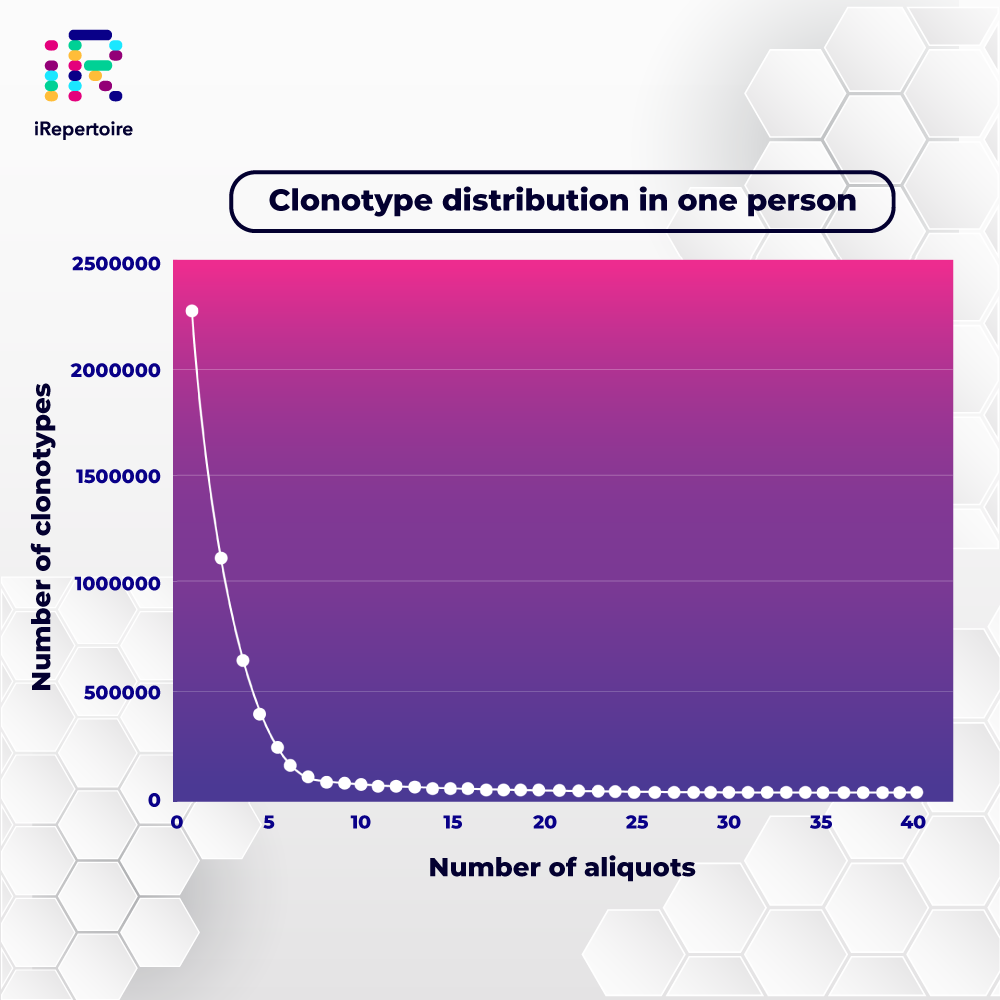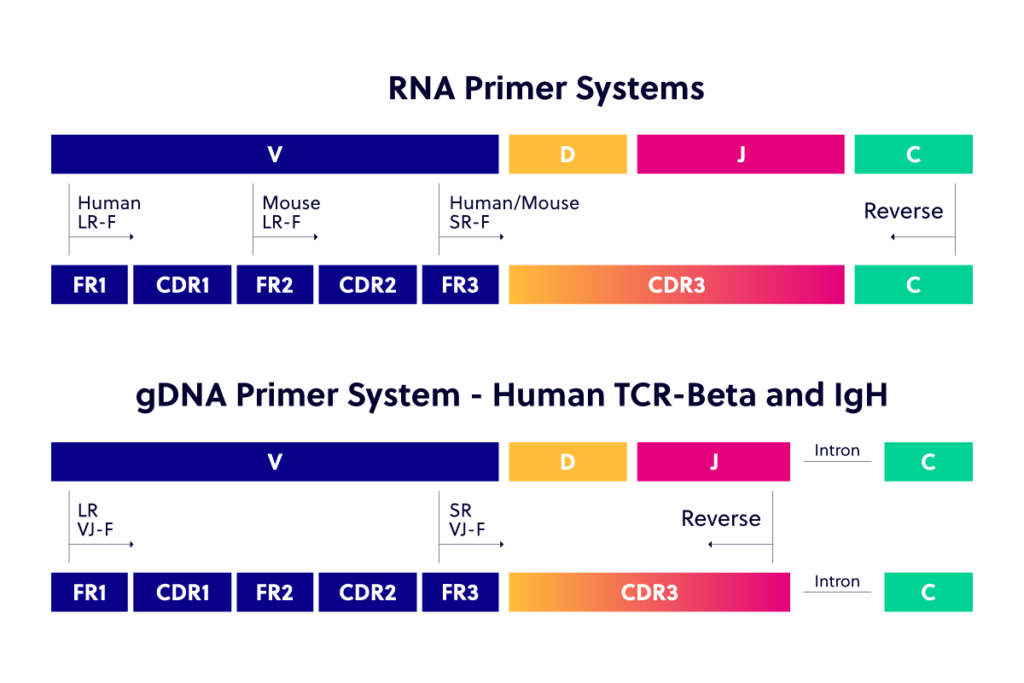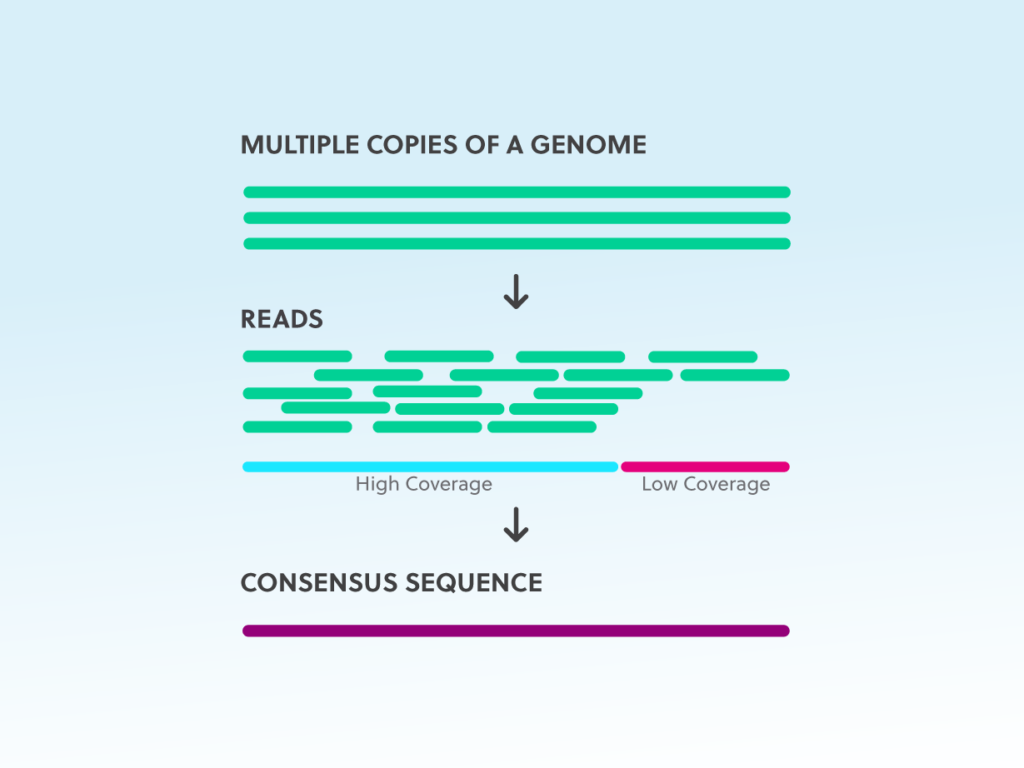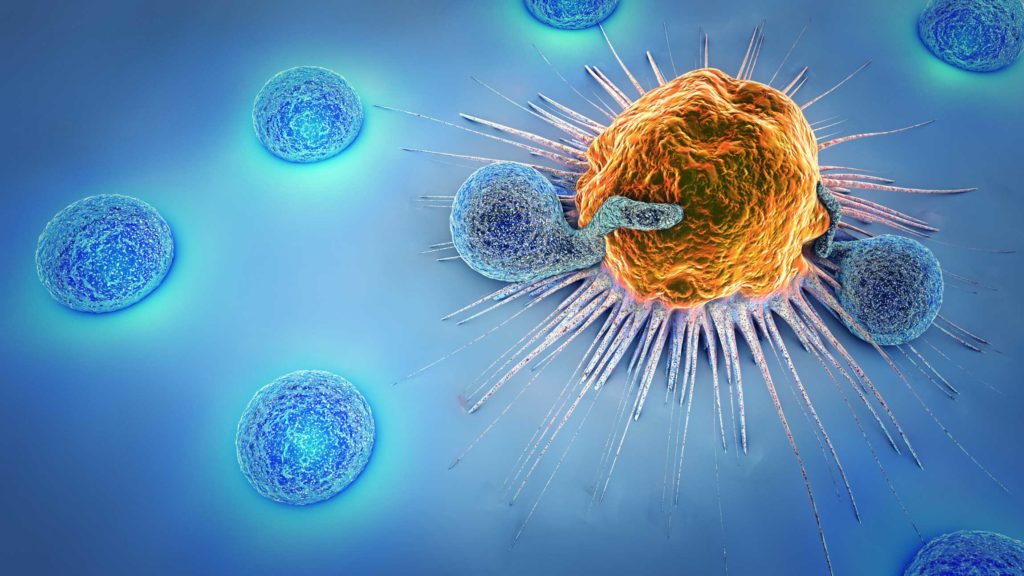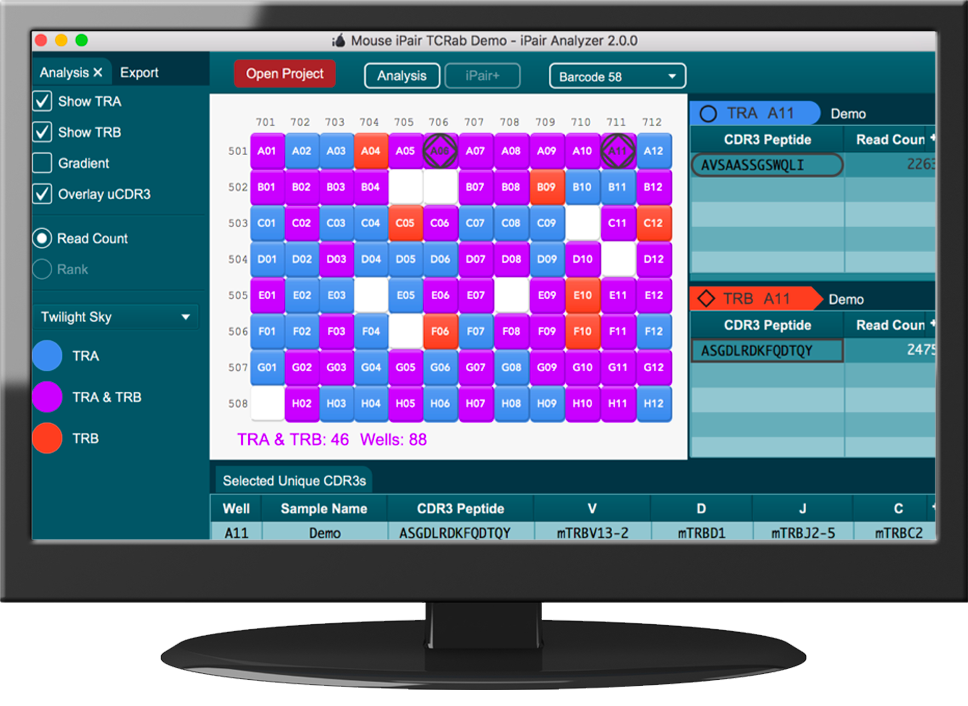Learning Center
NGS overview: from sample to sequencer to results
Next generation sequencing (NGS) has become a powerful tool to identify genetic variants and variable gene expression patterns that correlate with disease state and provide clinically-relevant mechanistic insights. The entire NGS workflow can be broken down into four steps: sample extraction, library preparation, sequencing, and analysis Step 1: Sample extraction NGS can be performed on…
Read MoreWhy sequence the immune repertoire?
“Our immune system is the smartest and best doctor around, and if we can learn from the best, we can be better.” Dr. Jian Han, founder and CSO of iRepertoire Key questions: What is the immune repertoire? In short, it is the collection of individual clonotypes produced by all B and T cells in the…
Read MoreHow to perform immune repertoire sequencing
Capturing the full clonal diversity of the immune repertoire can reveal important information about the pathology and prognosis of disease. Learn how now.
Read MoreiRepertoire’s primer systems
iRepertoire has developed multiplex PCR primer mixes for V(D)J amplification and sequencing for both our arm-PCR and dam-PCR technologies. In these multiplex PCR systems, a nested set of inside and outside primers has been designed and optimized for every V(D)J target needing to be co-amplified in the multiplex assay. We offer primers, amplification services, and…
Read MoreiRepertoire’s amplification technologies
Challenges of immune repertoire sequencing The unique challenges involved with sequencing the immune repertoire have necessitated the development of repertoire-specific library preparation technologies. In order to fully capture the diversity of the immune repertoire, amplification technologies have to be used that account for biases towards small amplicons and amplifying rare clonotypes beyond the templates that…
Read MoreiRepertoire’s immune sequencing services
Immune repertoire sequencing: RepSeq and RepSeq+ iRepertoire’s sequencing services RepSeq and RepSeq+ complement our amplification technologies arm-PCR and dam-PCR, respectively. Because arm-PCR and dam-PCR have different strengths, the decision of whether to use RepSeq or RepSeq+ will depend on the nature of your specific project. Arm-PCR uses internal and external nested primers for extremely inclusive…
Read MoreNGS considerations: coverage, read length, multiplexing
Plan your NGS experiment to adjust cost and amount of sequencing data to best answer your experimental questions. Dive into the top NGS considerations here.
Read MoreiPair: iRepertoire’s single cell immune sequencing service
Why single cells? Information related to the physical, cognate pairing of TCR-alpha and -beta chains or Ig-heavy and -light chains is lost once RNA extraction is performed on a bulk cell sample. iPair, our single cell immune sequencing service, was developed so that the repertoire of individual cells could be profiled through capture of chain…
Read MoreiRepertoire’s data analysis services
All of our services come with complimentary basic data analysis through our proprietary pipeline, which then outputs data to iRweb. iRweb is a web-based RepSeq bioinformatic software that allows researchers to have all of the following services and analyses performed on their samples: Barcode demultiplexing The number of CDR3s captured in the library and the…
Read MoreiRweb: Technical notes
Overview This page describes the technical steps involved in iRweb’s bioinformatic pipeline. If you are unfamiliar with data analysis for next-generation sequencing, we suggest you visit our NGS overview page. For a general introduction to iRweb, see our Learning Center article about data analysis. For more details about iRweb than what can be found on…
Read More
